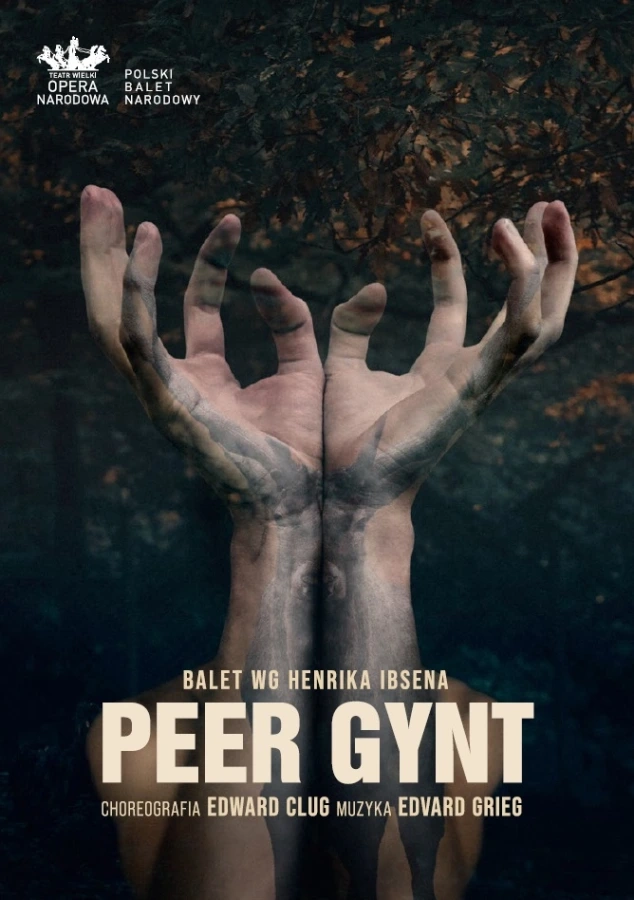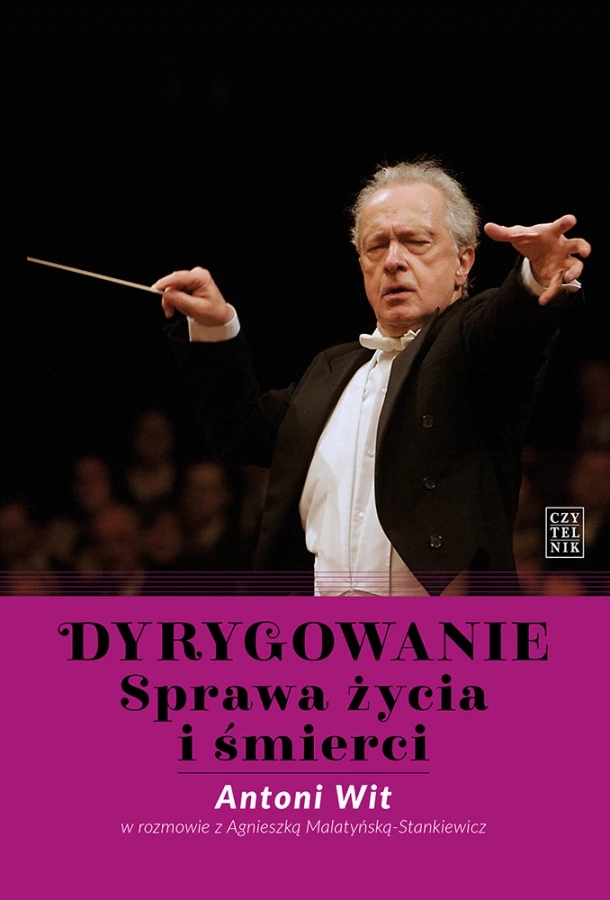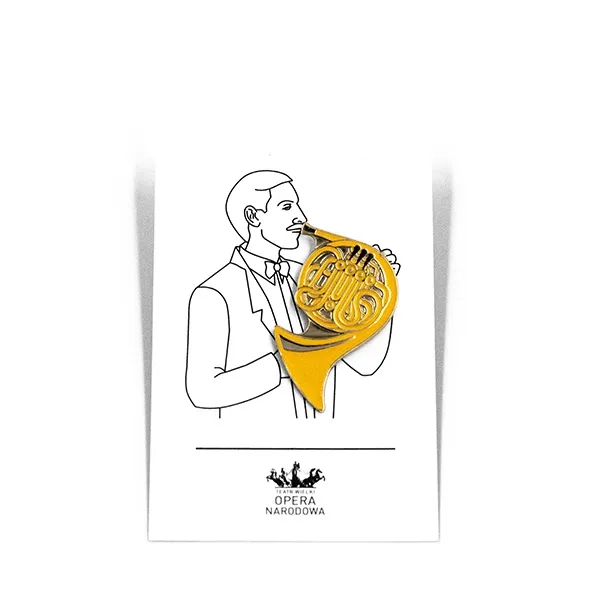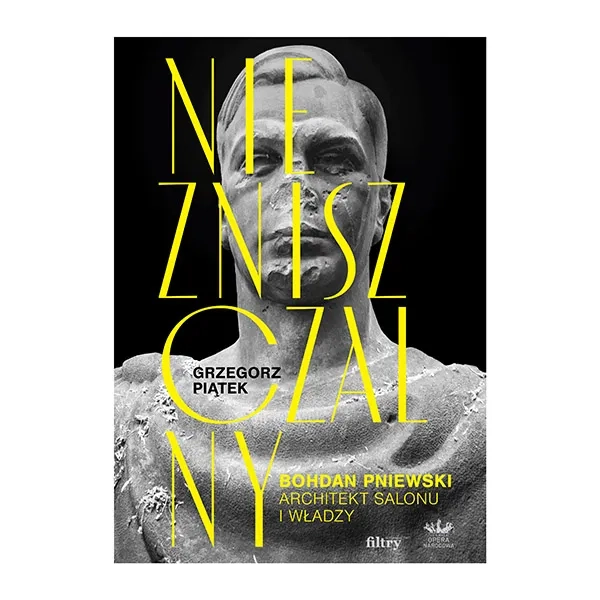ISBN 987-83-960609-2-1
Hardcopy
495 pages
Language: Polish
Description
After his best-selling Najlepsze miasto świata [Best City in The World], a book about the reconstruction of Warsaw from postwar ruins, Grzegorz Piątek gives us a biography of a man who designed Poland’s most important buildings, both before the Second World War and during the Communist times. Bohdan Pniewski was the most influential Polish architect of the 20th century. His style brings different eras together and has been the backdrop against which Polish public life has been unfolding for almost a century, as Marcin Wicha put it in his afterword.
What made Pniewski a favourite with the powers-that-be regardless of the drastically changing political landscape? Was it just his talent and expertise? Social connections? Cunningness and shrewdness? His bourgeois self-preservation instinct and determination to build regardless of the circumstances?
In his biography of the architect, Piątek provides the readers with interesting interpretations of Pniewski’s creations – including the buildings that house the Polish National Opera, Warsaw Ballet School, Polish National Bank, and Polish Radio – as well as painting a fascinating portrait of a man of boundless vitality. Born into impoverished nobility, he smoothly adjusted to the free market reality when the feudal system collapsed. Left with nothing after the war, he never lost his spirit. A sybarite who loved good food, alcohol, beautiful objects, tailored clothes, hunting and carouses, he made sure to keep up his lifestyle during the Communist era.
Indestructible is also a colourful social chronicle of the life of the postwar elites and a picture of Warsaw rising up from the ashes and thirsty for life, gathering up in bistros, bars and cafes where coffee and vodka flew freely. “An exhumation in the morning, a dance in the evening,” was how Andrzej Hubert Niewęgłowski, an architect and Pniewski’s collaborator, summed up those years.
Pniewski’s sybaritism translated into his designs – monumental and restrained on the outside, they dazzle with a rich display of details made of the best materials, impressive vastness of space that invites the gaze to wander lazily, or a staircase that demands to be scaled slowly and gracefully.
Amidst the drab reality of Communist-era Poland, Bohdan Pniewski offered Poles a glimpse of a better world, a vision of an ideal state that catered not only for the citizens’ fundamental needs but offered them a touch of luxury too, and where stopgap solutions were unacceptable.
Grzegorz Piątek
A trained architect, Grzegorz Piątek (b. 1980) is a writer and critic specialising in the history and architecture of Warsaw. His publications include a biography of the city’s legendary mayor, Stefan Starzyński, Sanator. Kariera Stefana Starzyńskiego (WAB, 2016), which earned him the Warsaw Literary Award, and the best selling Najlepsze miasto świata. Warszawa w odbudowie 1944-1949 [Best City in the World: Warsaw Under Reconstruction], which made it on the list of Polityka magazine’s top twenty best books of 2020 (WAB, 2020). He writes about architecture, cities and lifestyle for such newspapers and magazines as Architektura-Murator, Esquire, Gazeta Stołeczna, Gazeta Wyborcza, Salon, and Vogue Polska. He co-curated the exhibitions Hotel Polonia. The Afterlife of Buildings (Golden Lion at the 2008 Venice Biennale of Architecture) and Dane warszawskie [Warsaw Data] at the Museum of Warsaw (2017).
The second biography he penned, Niezniszczalny. Bohdan Pniewski. Architekt salonu i władzy [Indestructible. Bohdan Pniewski: Architect of the high society and the ruling establishment] was released by Filtry. Pniewski is considered the best-known and influential architect of 20th-century Poland. His excellent relationship with the ruling establishment (he mainly designed public buildings) started in the prewar times and continued into the Communist era, despite the political transformation. Piątek wonders how Pniewski managed such a feat: was it all down to his talent?
Similar products



Featured













